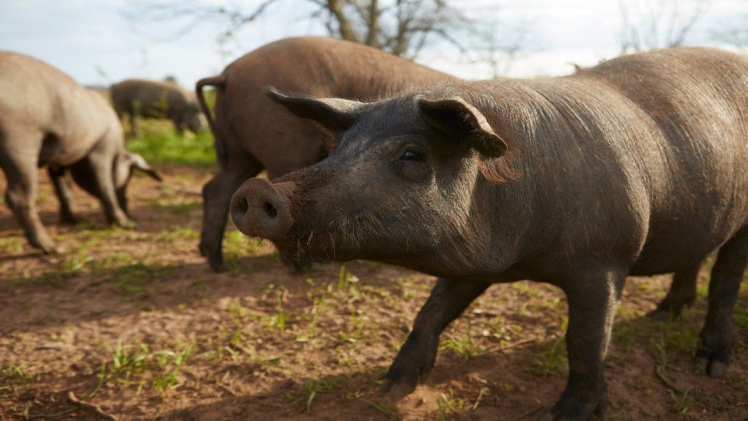In the human diet, ingested exogenous fats serve as the raw material for the synthesis of fat, cholesterol, and many phospholipids. Since fat energy content is now well established that a high fat diet (specially of SFA) not only increases the risk of heart disease but also the risk of breast, colon, and prostate cancer.
Many health agencies, including the American Dietetic Association, the American Diabetes Association, and the American Heart Association, recommend that fat intake should be no more than 30% of the total daily calories.
buy synthroid Canada langleyrx.com/synthroid.html no prescription
In research conducted by the United State Department of Agriculture (USDA), scientists introduced a recombinant bovine growth hormone (rBGH) gene into pigs, with the purpose of understanding the relationship between rBGH expression and the amount of fatty acids in the animal (Solomon et al.
buy stromectol Canada langleyrx.com/stromectol.html no prescription
1994).
Bovine growth hormone (BGH), also known as bovine somatotropin, which is produced in the pituitary gland, stimulates growth in immature cattle and enhances milk production in lactating cows (Leury et al. 2003). BGH is a protein hormone, and as such, it is broken down during digestion in the gastrointestinal tract, making it biologically inactive in humans (Etherton 1991)
In 1993, based on rigorous scientific investigations, the U.S. Food and Drug Administration (FDA) concluded that products from transgenic-BGH and supplemented-BGH animals are safe for human consumption. Bovine growth hormone has been shown to decrease fat content of transgenic pigs expressing an rBGH gene (Pursel et al. 1989).
The transgenic pigs used in this study were created by pronuclear microinjection technique. The gene encoding rBGH was introduced into the pig genome under the control of the mouse metallothionein-I (MT) promoter. After rBGH transgenic lines of pigs were established, successive generations were produced by artificial insemination of nontransgenic females with sperm collected from rBGH transgenic males.
To determine the effect of rBGH in the pigs’ carcass composition, transgenic and nontransgenic (control) pigs were raised under the same conditions and fed the same type of diet. The animals were processed at five different live weights: 14, 28, 48, 68, and 92 kg tv bucetas.
Conclusion
The entire left side of each carcass was ground, and random samples of tissue were collected and analyzed for fatty acid and cholesterol content. The researchers observed that as live body weight increased, carcasses from transgenic pigs showed a constant decline in the amount of total fat compared to control pigs (Table 3.1).

